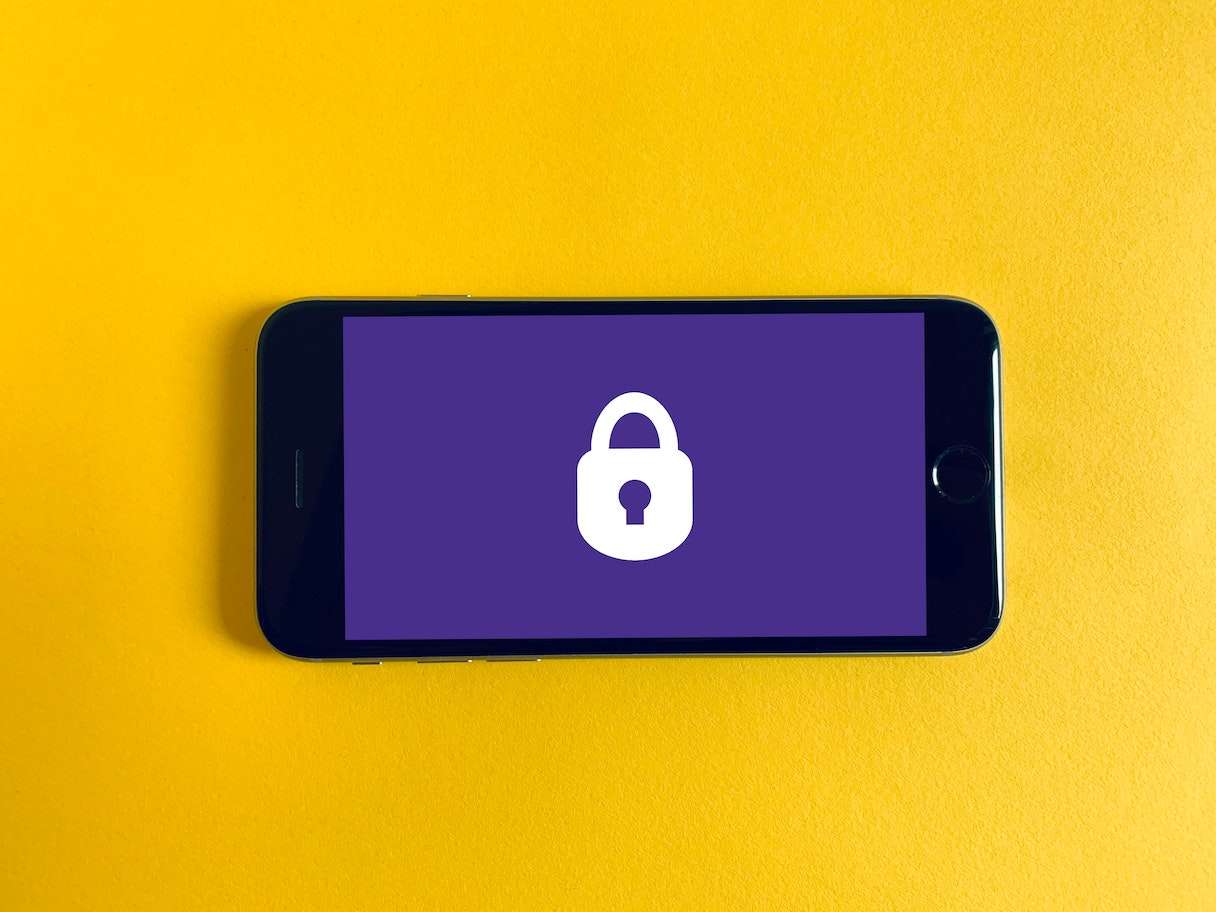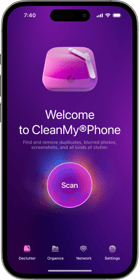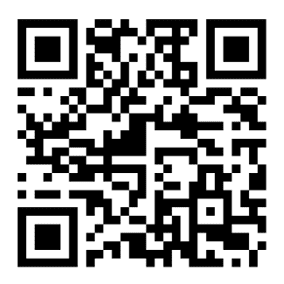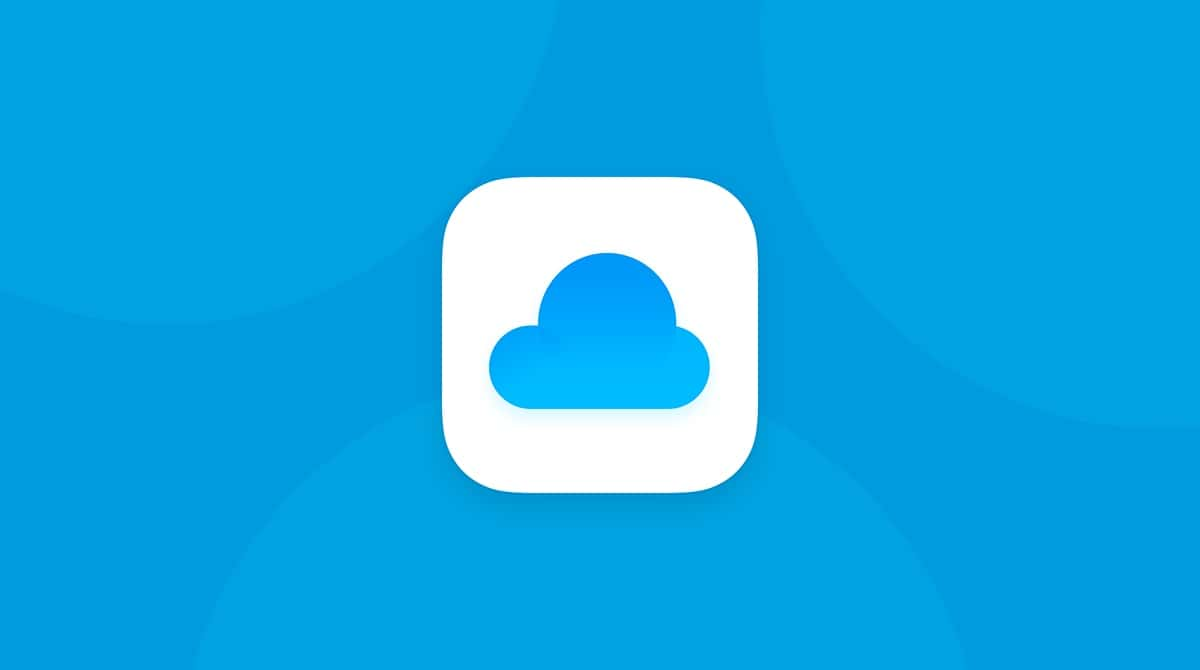Sure, iPhones and iOS are arguably the most secure devices on the market today. But they’re not perfect. If you’re not careful, then your phone can get infected and lead to both personal and financial problems for you. That’s why it’s still so essential to be aware of the most common viruses on iPhones.
In this article, we’ll cover the top 10 we think you should be aware of and answer a few questions you might have along the way. Keep reading!
Can iPhone get infected with a virus?
As you read earlier, iPhones are typically known to have pretty strong security standards. However, that doesn’t mean they still can’t be infected with viruses or malware. In fact, the more Apple products people use, the more enticing the Apple ecosystem becomes for hackers and scammers to try to exploit.
While new threats take shape every day, Apple has done a fairly good job at patching up their software as quickly as possible. This is why it might feel like there’s a new update for your iPhone every other day — that’s because Apple is trying to patch up iOS to keep your phone safe. Protecting it from new viruses and malware that are trying to infect your device.
Top 10 common viruses for iOS:
You might be surprised to learn there are hundreds of viruses that can infect your iPhone. Knowing what these viruses are and how they can get past iOS security can help you proactively protect your iPhone.

1. WireLurker
WireLurker is a particularly insidious virus that can infect iPhones through multiple entry points. This virus can infiltrate an iPhone via a USB connection, a Mac computer, or through downloads from untrusted app stores. Once it infects an iPhone, WireLurker can steal user data and even take remote control of the device. This makes it a serious threat to personal privacy and security.
WireLurker was first discovered in 2014 and was primarily found in China, although it has since been reported in other countries as well. It is important to be cautious when connecting your iPhone to unknown USB devices or downloading apps from unverified sources to avoid the risk of infection by WireLurker or similar viruses.
2. Pegasus
One of the sneakier iOS viruses is called Pegasus. It’s a sophisticated spyware known to monitor and control various aspects of your iPhone. Pegasus can gain access to your camera, microphone, and location data. Then, if that wasn’t enough, it can also record your taps, enabling it to steal your passwords and messages — even in encrypted apps like WhatsApp and Signal.
Pegasus has been around since 2016, but what makes it particularly dangerous is that all it takes is a simple text message to infect your phone. Typically, the hacker will text a link, and when you click on it, all you see is a blank website. But in the background of your browser, it’s downloading the virus to install on your iPhone.
When Pegasus was first reported, it was primarily only used to target government officials. However, as time goes on, many ordinary people without that high level of security have had their iPhones impacted.
3. XcodeGhost
A perfect case study of how Apple’s ecosystem is not 100% perfect is the XcodeGhost virus. It exploited an infected version of the Xcode development app. So, any apps made with this compromised version of Xcode would contain and spread XcodeGhost to whatever device it’s installed onto, including iPhones.
XcodeGhost primarily impacted quite a few apps on the Chinese App Store. Its malicious code was then contaminated and spread across even more devices.
The scary part about XcodeGhost is that it’s designed to steal user data without impacting the physical device. This means that there are very few noticeable symptoms that it’s running. Meanwhile, things like your username and passwords, credit card info, and other personal information were all being sent to remote servers.
Apple has taken the necessary steps to remove those apps from their App Store, but that doesn’t mean it’s not still floating around dubious and jailbroken apps.
4. Masque Attack
Another virus that’s infecting iPhones is being spread through fake or malicious apps that are made available outside of the App Store. Masque Attack poses a threat to iOS devices because it appears to look like any number of legitimate apps. So, the user would have absolutely no idea there’s malicious software stealing their data.
Masque Attack itself is designed to look like replicas of real apps, sometimes even apps that are native to iOS. That way, once it’s installed, you would have no idea which one to delete. It can steal your private information and has been known to leave a backdoor open for more malware attacks.
5. Yispecter
The Yispecter app really casts a wide net. It’s not hedging its bets on any one particular infection method. Instead, it can compromise an iPhone through a malicious link, rogue configuration profiles, and even fake apps.
Once an iPhone is infected, Yispecter will bombard the device with unwanted ads. It’ll also redirect users to suspicious websites, which can be frustrating if you’re trying to do something in a pinch. But even worse, Yispecter has also been known to steal user data from devices.
Yispecter primarily targets users in China and Taiwan but has been known to spread to users even beyond those borders recently. The thing that makes it so dangerous for specifically enterprise users is that it is commonly found in apps that aren’t available on the App Store. This is typically an enterprise app that’s only available to users that are internal at their respective companies.
6. AceDeceiver
Unlike some of the other viruses on this list, AceDeceiver compromises its target iPhones by spreading through a desktop app called Aisi Helper. So, if you find out your iPhone has been infected with AceDeceiver, it’s a bit of a double whammy. Because this means your computer has also been compromised with a malicious app.
Aisi Helper infects desktops through any number of different ways, such as software bundling, fake error messages, or even deceptive installers. Then, when a user connects their iPhone to the computer, it spreads AceDeceiver to the device without the person ever knowing. That’s right, the user doesn’t have to sync anything or tell it to transfer; it just does it as soon as the iPhone is recognized by the computer.
7. AdThief
AdThief is more annoying for iPhone users than dangerous. It typically infects a phone through pirated apps and acts as a type of ad redirect. So, instead of seeing the intended ad in your iPhone browser or in an app, you’ll see something from the AdThief network. It’s a bit silly, but that’s how the attackers are making money — by users accidentally clicking on their ads. Also, it can leave your iPhone more vulnerable to other malware.
8. KeyRaider
KeyRaider is a virus that’s used to steal user data like your Apple ID and password to then turn around and lock you out of your own device.
This is more commonly referred to as ransomware because when it locks you out of your iPhone, the only way you can get back in is if you pay the ransom the attackers are demanding. That’s why KeyRaider is one of the malicious software on this list that comes at a personal and financial cost.
9. JailbreakMe
There are so many different reasons why jailbreaking your iPhone isn’t safe and compromises the security of the device. But in the case of JailbreakMe, it’s because it’s very much like what you would call an open-source app on your Mac. This means the source code files are publicly available, and anybody — good or bad — can see them. So, if a hacker wants to target jailbroken iPhones, it’s more advantageous for them to do so.
The biggest problem with JailbreakMe is that it leaves a backdoor open to your device. Letting other attackers gain access and control of your iPhone, so they can install their own malware on it. All without you ever knowing.
10. CoinThief
This virus infects iPhones through downloads from untrusted app stores. It steals Bitcoin wallet credentials and can transfer the cryptocurrency to the attacker’s account.
CoinThief can be particularly damaging because it can directly cause significant financial loss for the victim. It is important to note that CoinThief can infect iPhones worldwide regardless of location or device type.
Hopefully, after reading this article, you’ve seen that even though you’re using an iPhone, cybersecurity still isn’t anything to scoff at. There are still some vulnerabilities and weaknesses that plague iOS, and hackers will keep on trying to exploit those to gain access to your device. That’s why it’s so important for you to stay vigilant and minimize your risks.
It’s essential that you keep your iPhone’s software up to date and avoid downloading any apps that don’t come directly from the App Store. Be careful of clicking on any links and connecting your phone to computers that aren’t yours. And, of course, just like on your Mac or PC, having an antivirus app on your iPhone can help you keep things safe.













